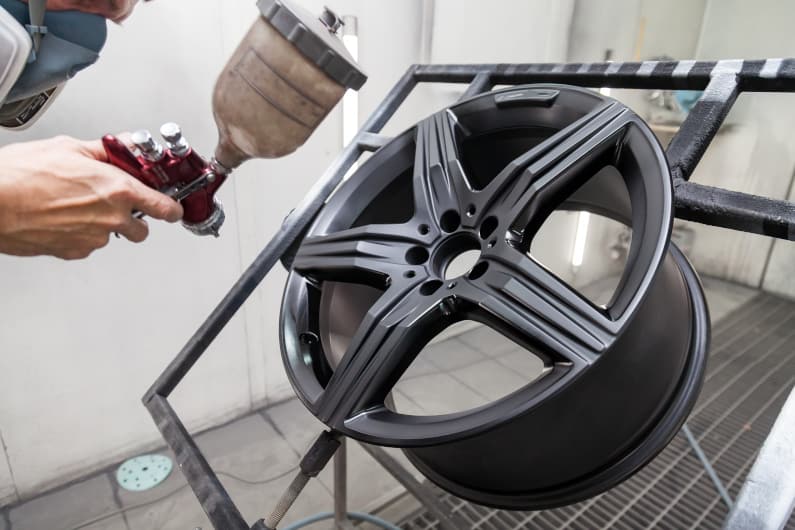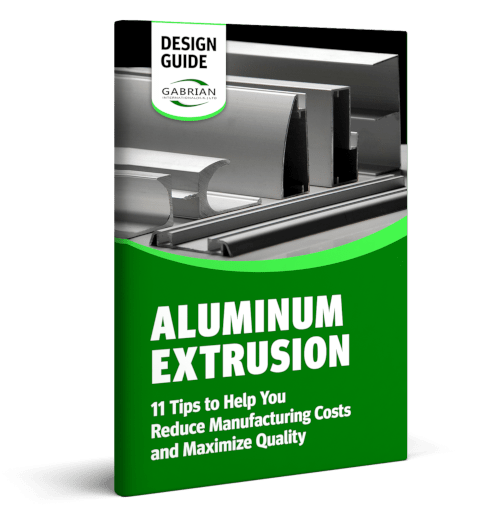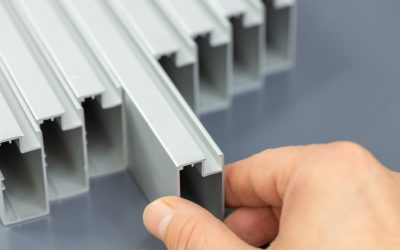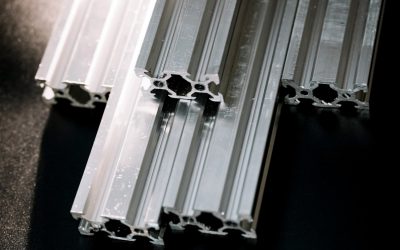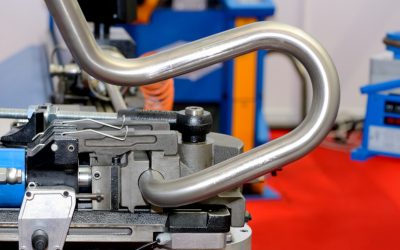Material selection is one of the most important considerations for an engineer designing a new product or system. There are many different materials to choose from, and aluminum is an increasingly popular choice for many applications, from building construction and automobile manufacturing to electronics and aerospace design.
Many different aluminum grades are available, ensuring that you can find the one with properties that best suit your particular needs. Moreover, various aluminum finishing options can help improve the appearance and performance of an aluminum product, as well as protect it from corrosive elements.
When developing aluminum parts, engineers have access to a variety of commonly used choices such as mill finish, anodized, powder-coated, and painted aluminum. Here, we talk about what mill finish aluminum is, its characteristics, and how those characteristics can be further refined.
Table of Contents
What is Mill Finish Aluminum?
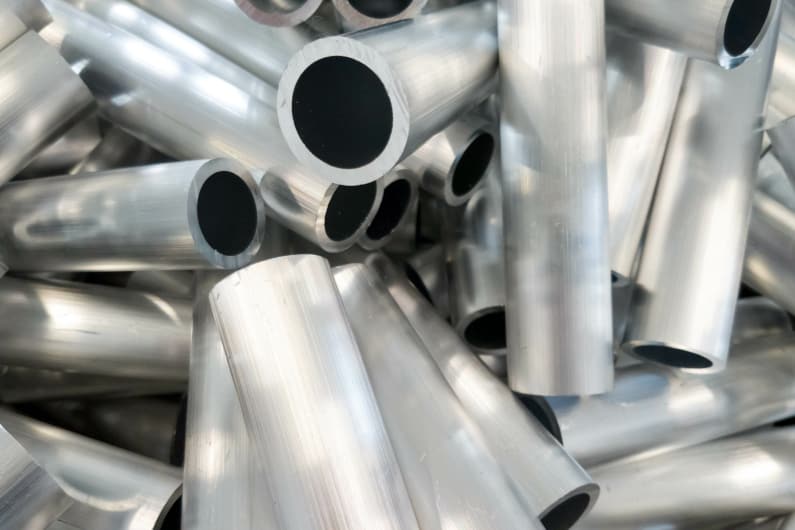
Mill finish aluminum refers to the original, unpolished state of the metal that has not been treated or finished in any way. This form of the metal is largely untouched, with the surface often appearing somewhat dull. Mill finish aluminum has not undergone any further processing after being produced from raw aluminum through an extrusion process.
Because of this, mill finish aluminum retains many of the characteristics and properties of cast aluminum as well as soft spots on its surface. Its natural appearance can vary depending on the exact alloy used in its production and its intended usage.
Overall, it is typically characterized by flat and even surfaces that may show white oxidation spots as well as die and tooling marks. Mill finish aluminum can be an acceptable choice for those who are looking for a durable yet affordable metal. However, it will not last as long as products that have gone through surface finishing processes such as anodizing or powder coating.
Characteristics of Mill Finish Aluminum
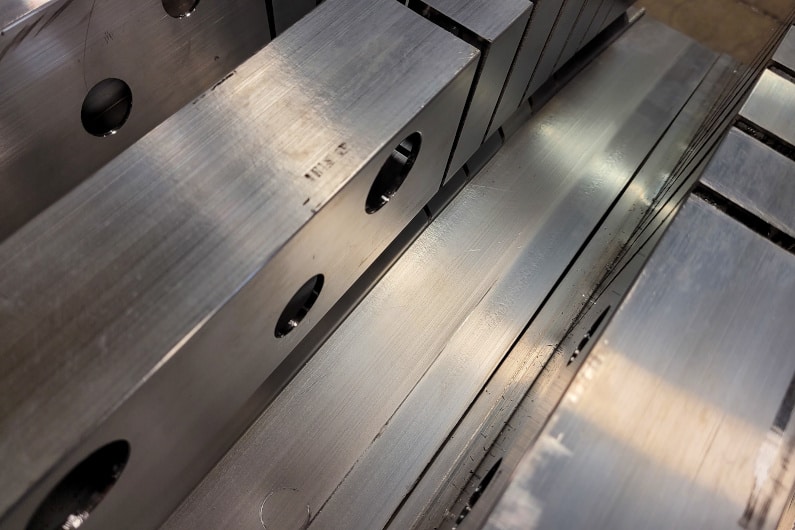
Even without finishing, aluminum has natural corrosion resistance due to its protective oxide layer. However, it will not have the same level of corrosion protection as anodized or powder coated parts. On long overseas shipments, white, powdery oxidation spots are likely to develop. As such, it is essential to take extra care with packaging to avoid metal exposure, and use desiccants to absorb moisture.
In addition, the aluminum’s electrical conductivity is better with a mill finish than it would be when anodized or powder coated — these finishes act as insulators. However, mill finish aluminum offers less thermal conductivity than anodized aluminum, making it less useful for heat dissipation applications.
Mill finish aluminum is relatively inexpensive compared to finished aluminum making it an economical choice for projects that don’t require the benefits offered by surface finishing. Ultimately, the unique blend of affordability and durability makes mill finish aluminum a potential option for any application that requires rugged material.
Some Popular Surface Finishes
When it comes to mill finish aluminum, there are many different surface finishes that can be used to enhance its appearance and performance.
Anodizing
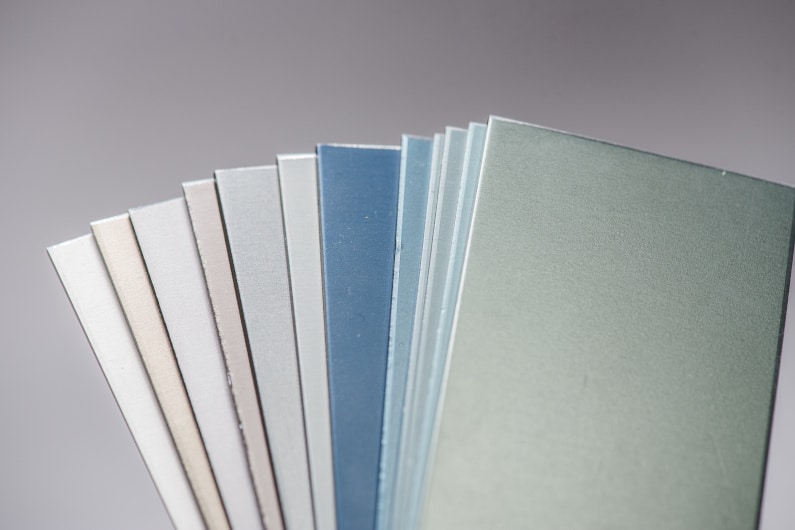
One popular option is anodizing, a process that adds a protective layer of oxide to the surface of the aluminum. This process not only helps prevent corrosion but also produces eye-catching colors and textures that can help set your product apart from the competition. It also enhances metal’s heat dissipation properties. As such, anodized aluminum heat sinks are a common sight in the electronics industry.
Learn more about anodized aluminum.
Powder Coating
Another option is powder coating, which involves coating the aluminum with a fine layer of pigment using an electrical charge. This form of finishing creates a smooth and durable surface that is both weatherproof and easy to maintain. Whether you’re looking for added protection or simply want to make your product more visually appealing, powder coating can be a great option.
Learn more about aluminum powder coating.
Liquid Paint
Designers often wonder, “Can you paint mill finish aluminum?” Yes, you can.
While this type of surface won’t hinder the performance or durability of the paint, it can make it challenging to achieve a perfectly even coat. Fortunately, there are a variety of methods that you can use to prep and paint mill finish aluminum effectively.
Some popular approaches include sanding down the surface, applying a primer or etching solution first, and using chemical bonding agents to ensure greater adhesion between the metal and the paint.
Learn more about painting extruded aluminum.
Is Mill Finish Aluminum Right for You?
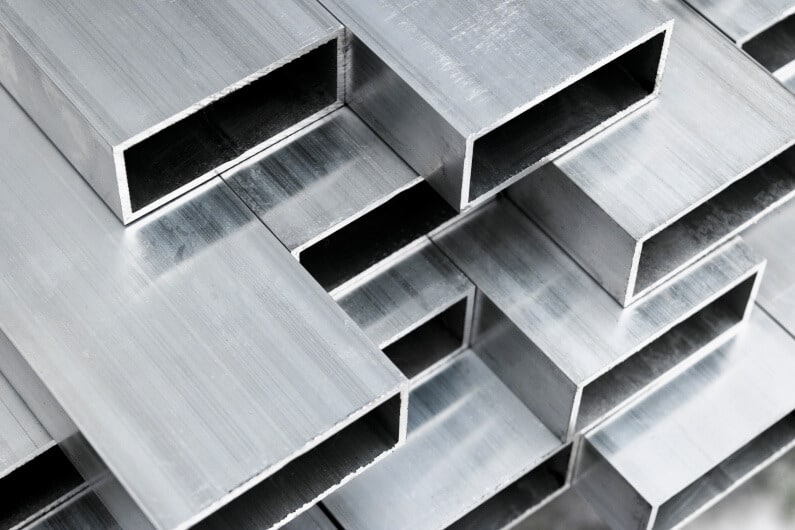
It is essential to carefully consider all aspects of your project before deciding whether or not mill finish aluminum is right for you.
Aside from the anodizing, powder coating, and painting, there are other aluminum finishes to consider — so be sure to research all your options. Ultimately, the choice will depend on your specific requirements and expectations for your end application.
So if you’re looking for help with your aluminum extrusion designs, be sure to check out our Aluminum Extrusion Design Guide – it’s packed with essential tips for creating perfectly engineered profiles that optimize all aspects of production!
By following the tips included in our Design Guide, you can maximize quality and production speed while also reducing your costs. Whether you’re a first-time designer or an experienced professional, this guide will help ensure that your extrusion process is smooth and efficient.
You can also learn more about our aluminum extrusion capabilities and request a quote. We’ll be happy to review the details of your part and make suggestions about finishing if you need assistance.


